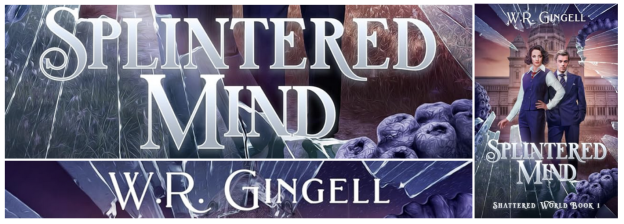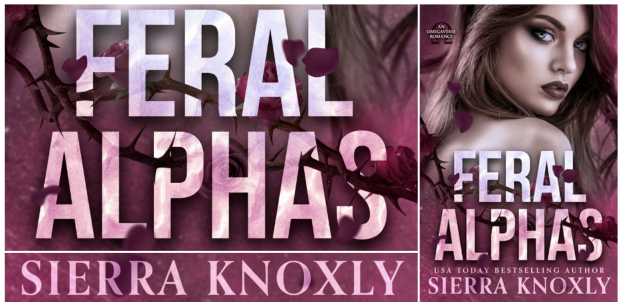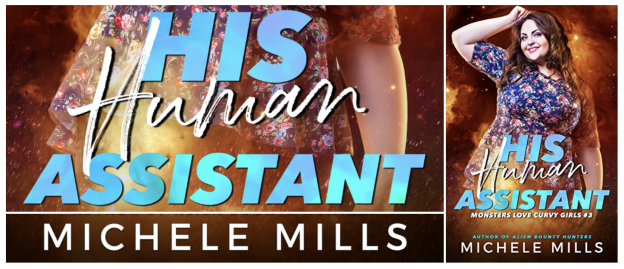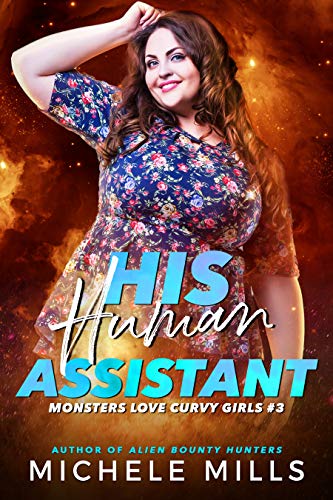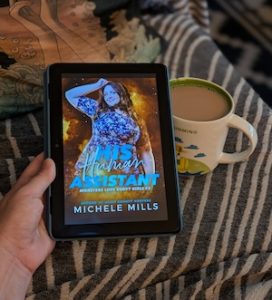I contributed to the Kickstarter for W.R. Gingell‘s Splintered Mind, so I got an early copy. I’m all in for doing the same for Book Two (Splintered Life) when it becomes available, too.
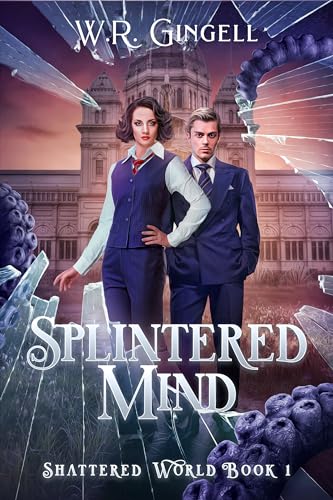
Viv just wants work—any work. Well, not quite any work. But she’s desperate enough to accept a job offer as personal assistant to Jasper Renner—the rich and mysterious owner of the Renner Tea House—even though odd things happen whenever he’s around.
She expects to deal with rich, entitled Melbournians and a full business schedule. Instead, Viv finds herself following Jasper into a strange new world where a murderous madman has been incarcerated in a secret floor at the old Kew Asylum that may or may not exist in the human world as she knows it.
Reality is just as worryingly soft at the old tea house itself, which hides a few too many not-quite-human secrets. In one of the downstairs rooms, there’s a little girl who has been a little girl for a suspiciously long time; in the uppermost floor, there are a few windows that show a view that doesn’t exist in Melbourne. And then there are the giant cephalopod tentacles that appear from nowhere and disappear again, seemingly at will…
Now Viv isn’t sure if she’s going mad, or if the world itself has gone mad and the lunatic in Kew Asylum is the only sane person she knows.

I pre-ordered a copy of this book as soon as I saw Gingell had a new series coming out; it was one of my better decisions in life. I do so love her writing. Where I made a mistake in reading this one before the rest of the books are out. Because now I’m sitting here, bereft because Splintered Mind ended on a cliffie, and the next book isn’t available yet.
I have always appreciated a practical heroine, and if there is one thing to be said for Viv, it is that she is eminently level-headed and pragmatic. Having said that, I very much appreciated that Gingell didn’t drag out Viv’s awakening to Behind and Between by making her so grounded in reality that she wasn’t able to bend. From a reader’s perspective, it is painful to read a main 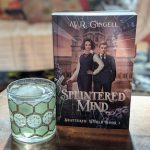 character’s denials well past the point that the plot needs to progress. I see this a lot (usually accompanied by some TST antics). So, props to Gingell for walking the knife’s edge on this one.
character’s denials well past the point that the plot needs to progress. I see this a lot (usually accompanied by some TST antics). So, props to Gingell for walking the knife’s edge on this one.
For those who have read Gingell’s other Behind/Between books, I’m reasonably sure I caught a few easter eggs, which was fun. I liked the male leads and the realism of Viv’s contested relationship with her father. I cannot wait for the rest of the series.
Other Reviews:
